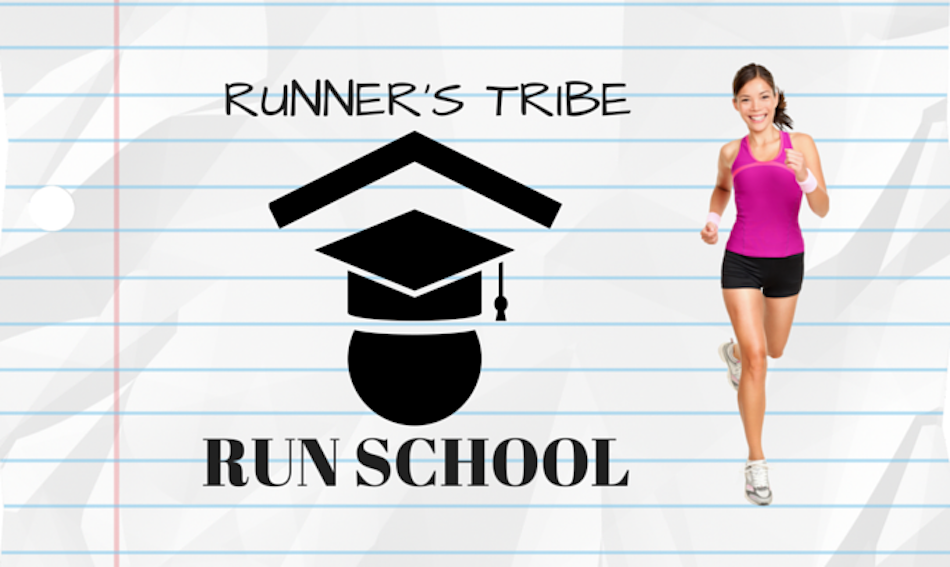RT’s Run School featuring Mark Blomeley. Mark is a strength and conditioning coach with over 10 years experience in the sports and fitness industry. Currently in Brisbane, he is a specialist strength and conditioning coach for runners from international standard elites to the everyday runner.
KNEE PAIN
Knee soreness is one of the most common sorts of pain particularly for land based athletes, in particular for runners. Strangely, knee soreness, a considerable amount of the time is not actually related to the knee itself. The knee is actually a stability joint, in other words it needs to maintain position relative to the hip and ankle to be most effective in movement production.
In regards to running, our goal should be to maintain control (i.e. strength and mobility) of the muscles around the hip and ankle to ensure that the knee is kept in its ideal position. If we fail to maintain mobility and strength of the muscles around the hip then the result is often knee pain.
Why does this occur?
Essentially, knee pain in a vast majority of cases, is a symptom, and not the cause of the actual pain. When a knee is actually impacted, i.e. ligament strains, meniscus damage etc, then the common cause is either an acute occurrence of our knee been out of position to the extreme. I.e. like what occurs in rugby players when it’s twisted in the wrong direction.
For runners, the knee is impacted more so due to ongoing poor loading patterns over a sustained period of time. In other words due to weakness of the muscles around the hip or ankle. The knee tracks out of its ideal position and increases the load on parts of the knee’s ligaments, tendons and/or cartilage.
The other symptom of knee pain is muscle tightness. In other words, our knee may feel sore, but it’s actually due to tight muscles around the hip (or ankle), but presents itself as knee pain. This is the most common knee pain a runner can experience.
Common causes of this sort of knee pain are tight muscles around the hip, such as the ITB, TFL, Adductors, and/or Hip Flexors. While the tightness of these muscles may be the cause of the pain, the actual cause of the tightness is a strength balance. The imbalance that has occurred is that we’ve relied on our hip flexor muscles and they have become tight and overactive while our glutes have been underutilised and become weak.
To prevent knee pain we therefore need to have strong Glutes and calves, and then spend plenty of time ensuring the muscles around the hip, knee and ankle are flexible and mobile. Make sure to include weekly mobility, strength, and prehab as part of your regular routine.
END
Live in Brisbane and actually want to find out what the cause of your running associated pain is? HYPERLINK “http://www.equinoxperformance.com.au/runners-assessment” Click here to sign up for your free assessment with Mark Blomeley
